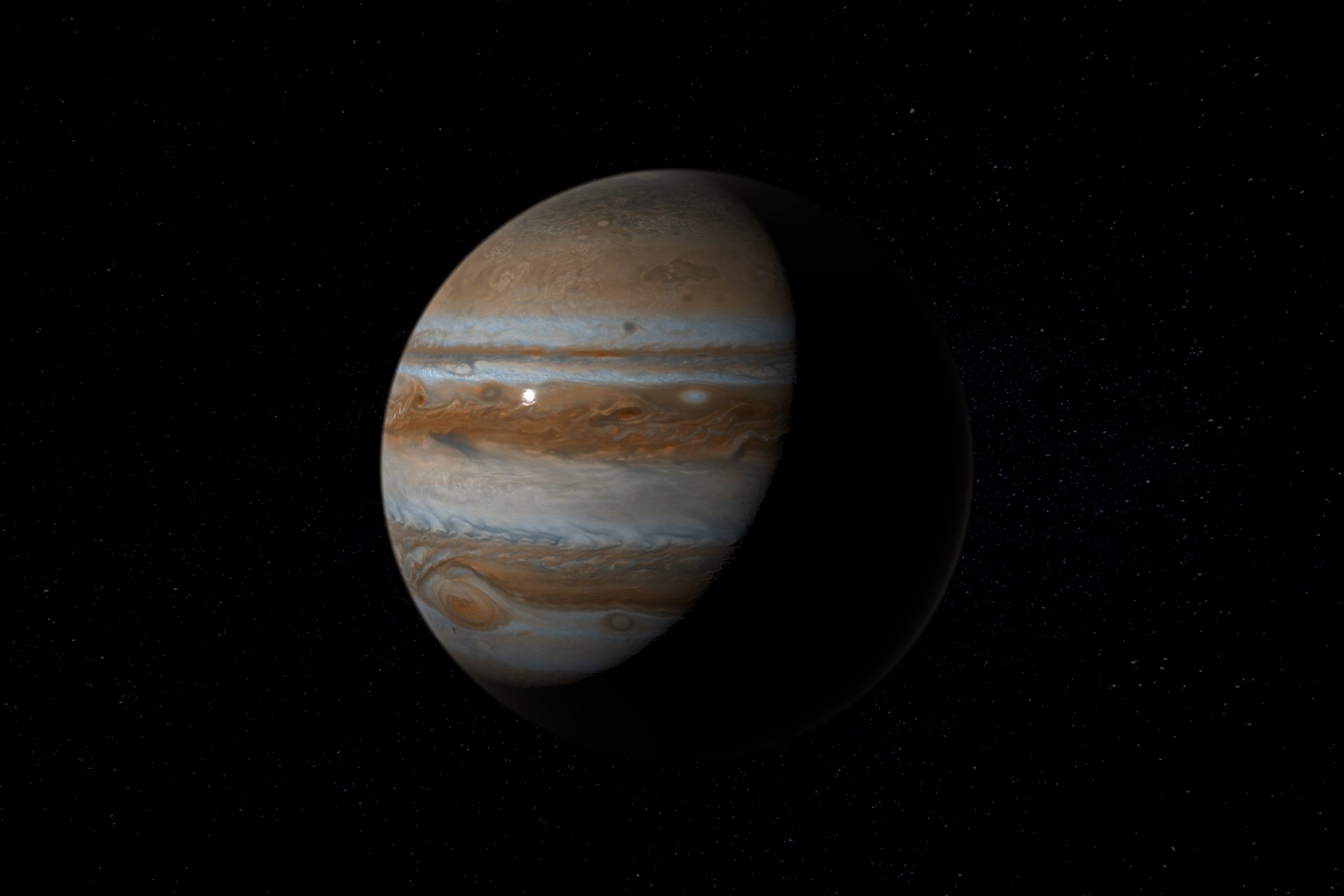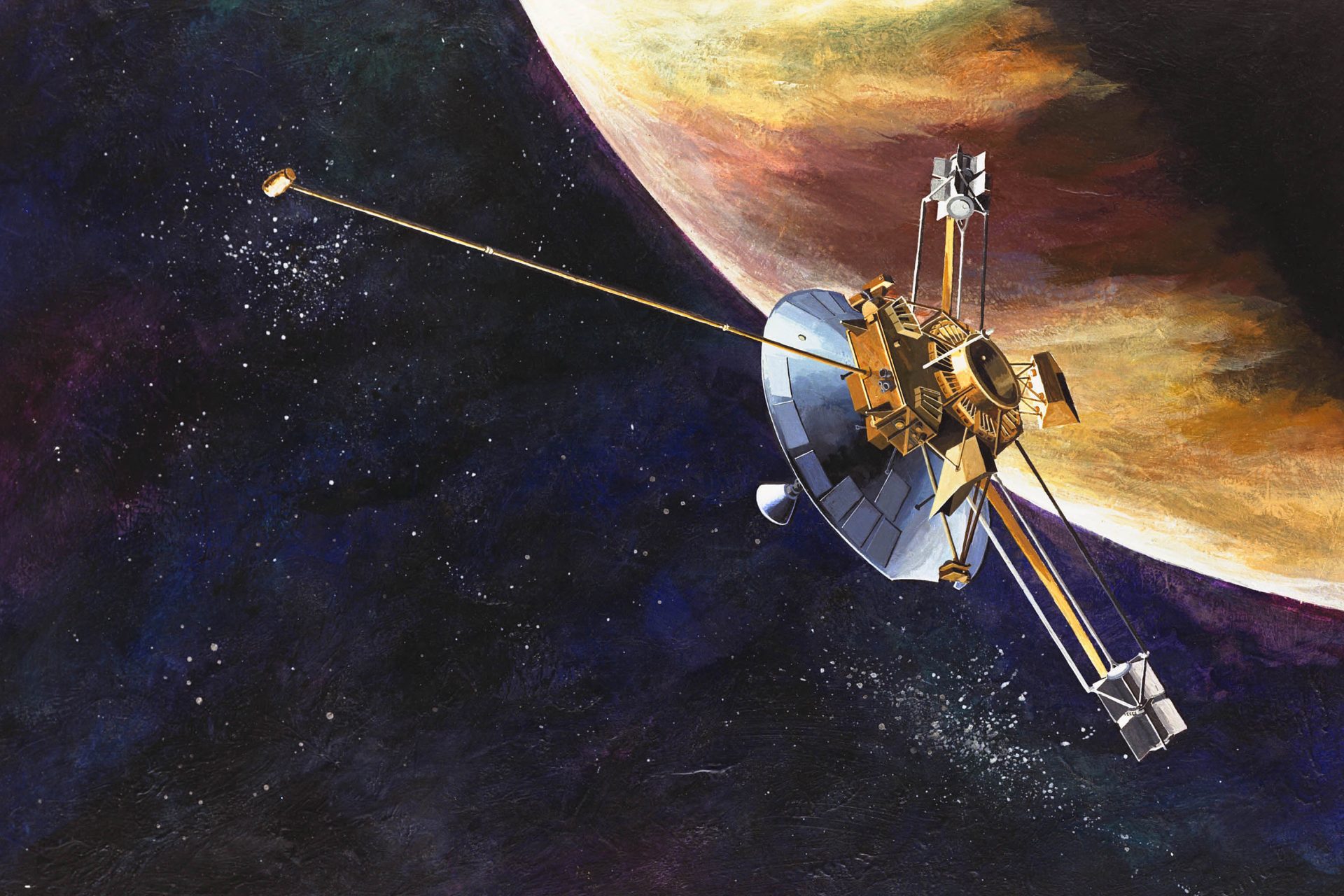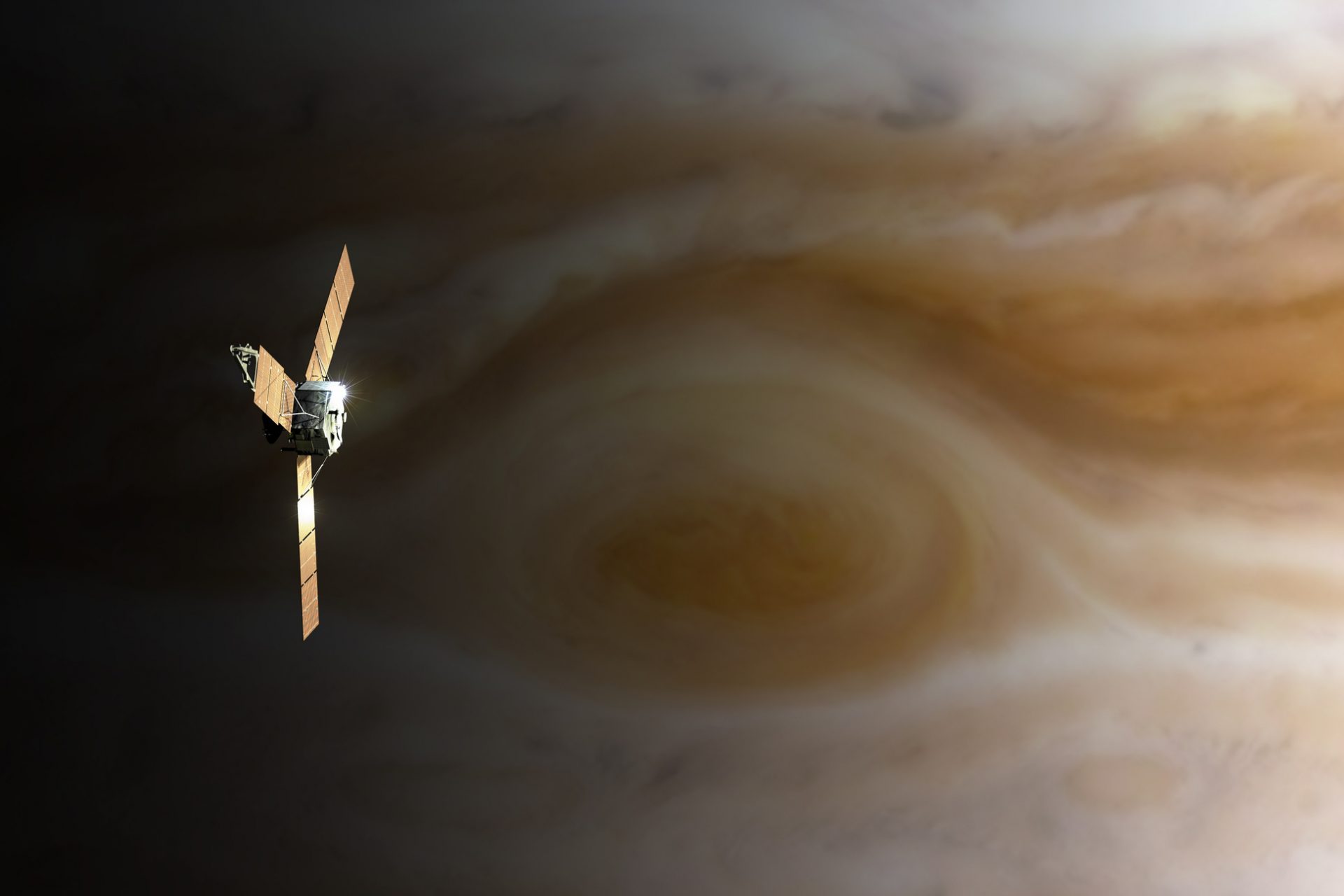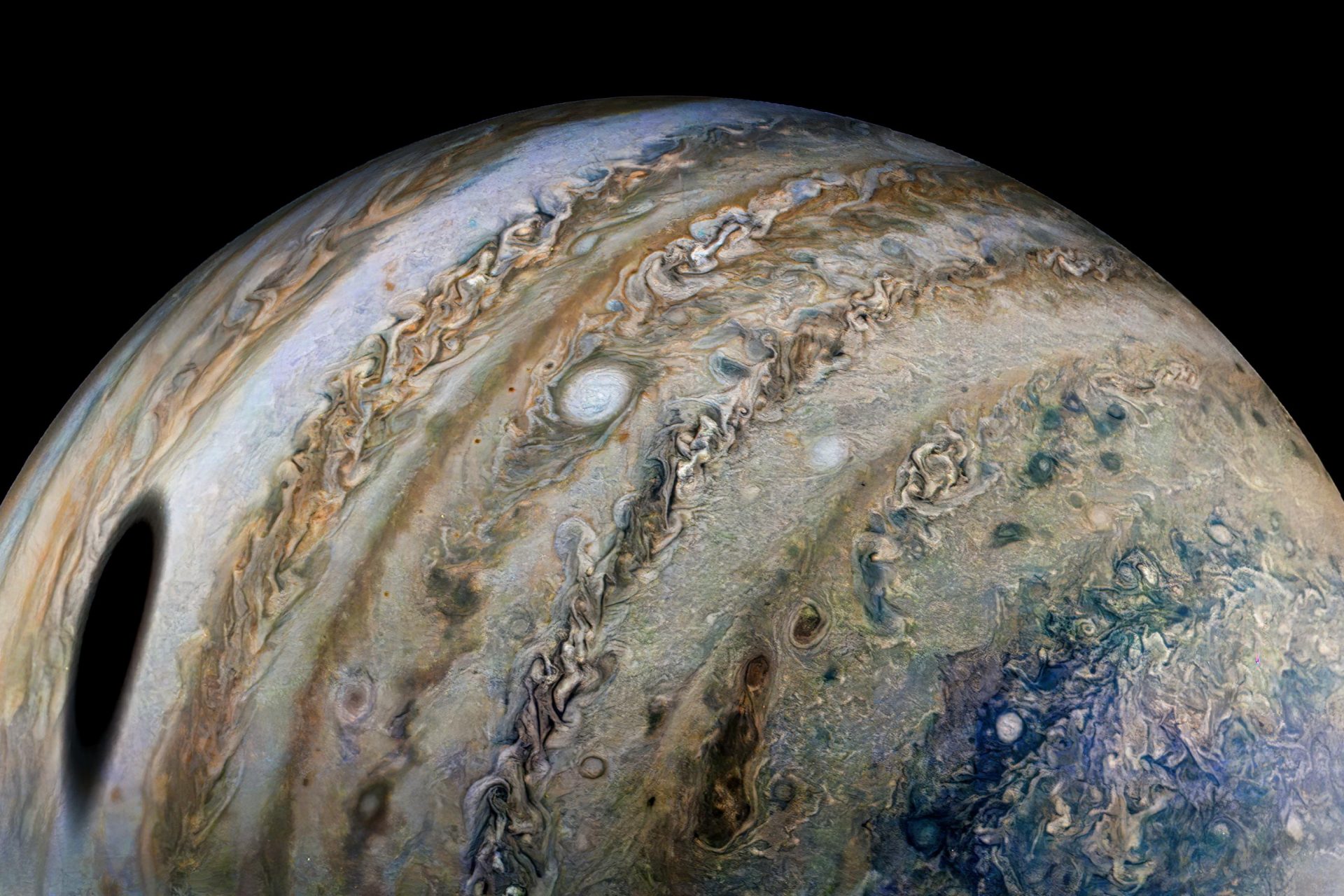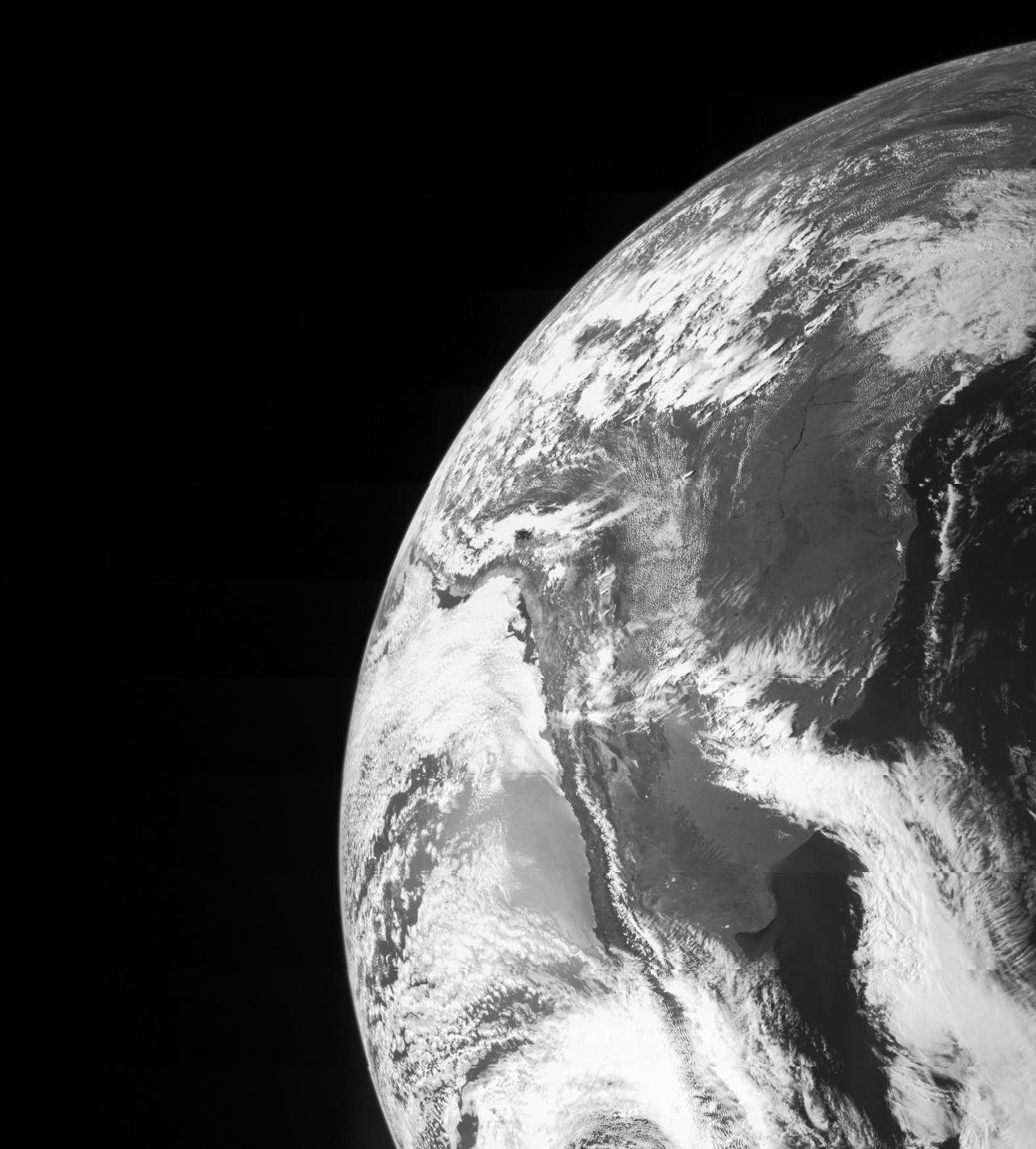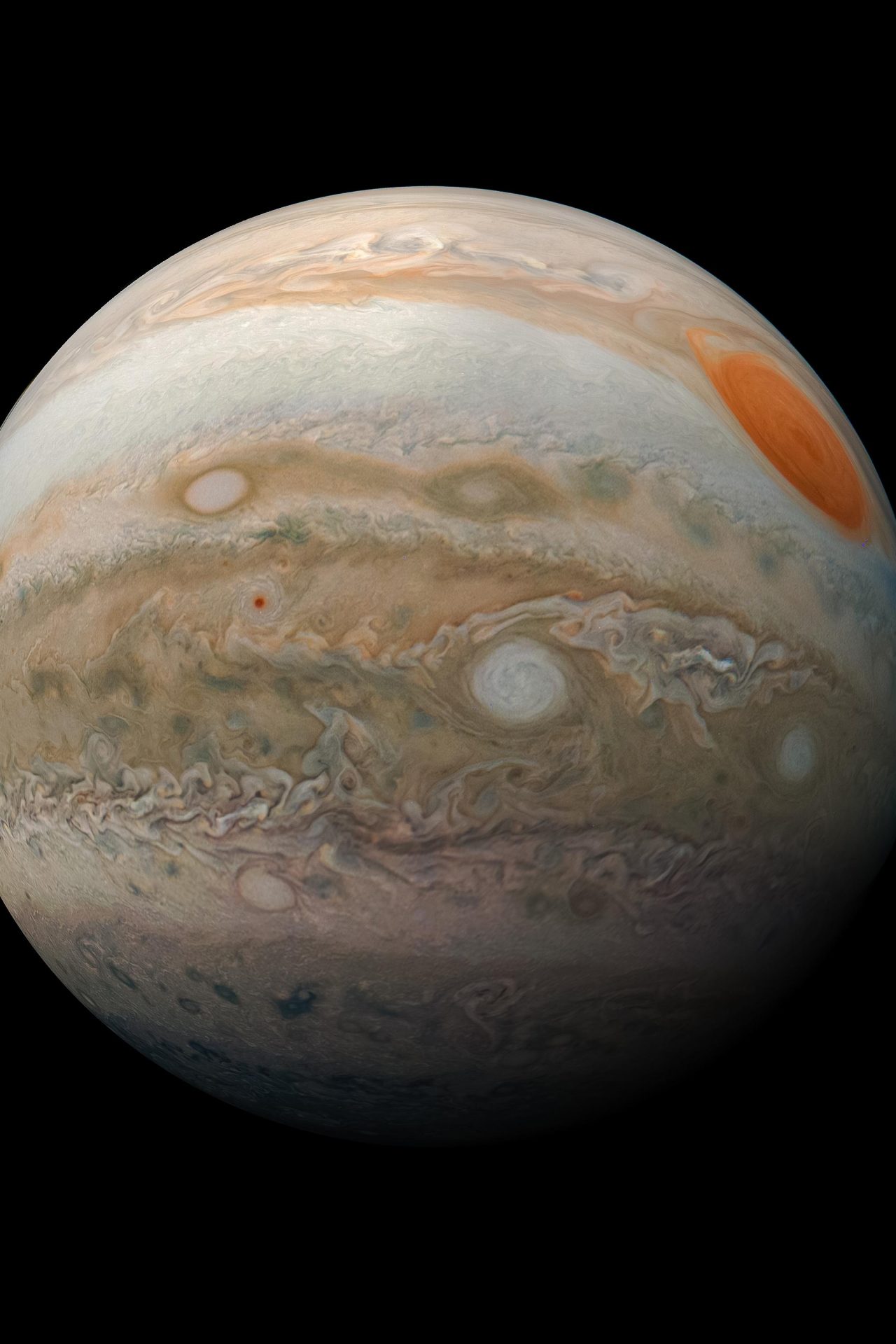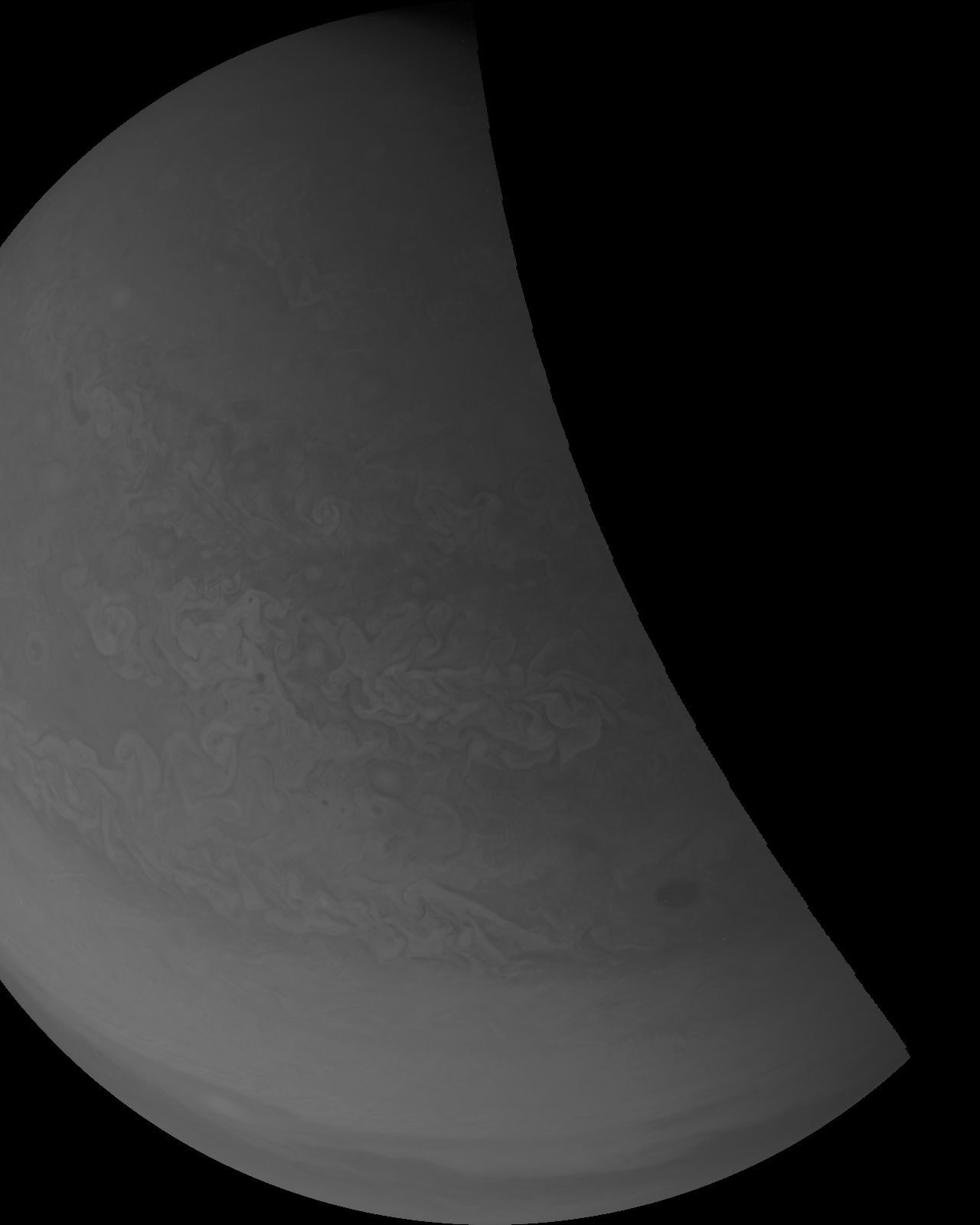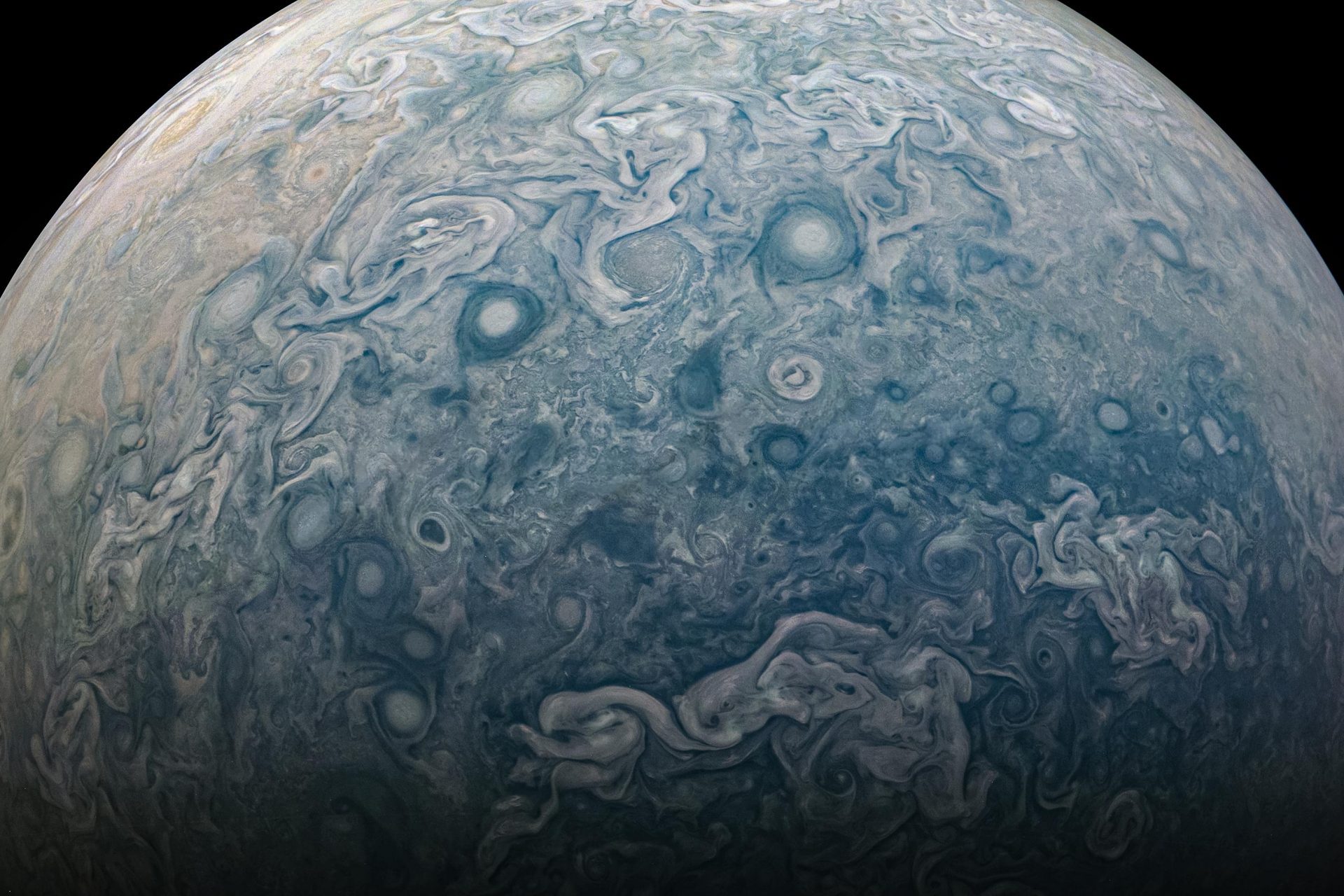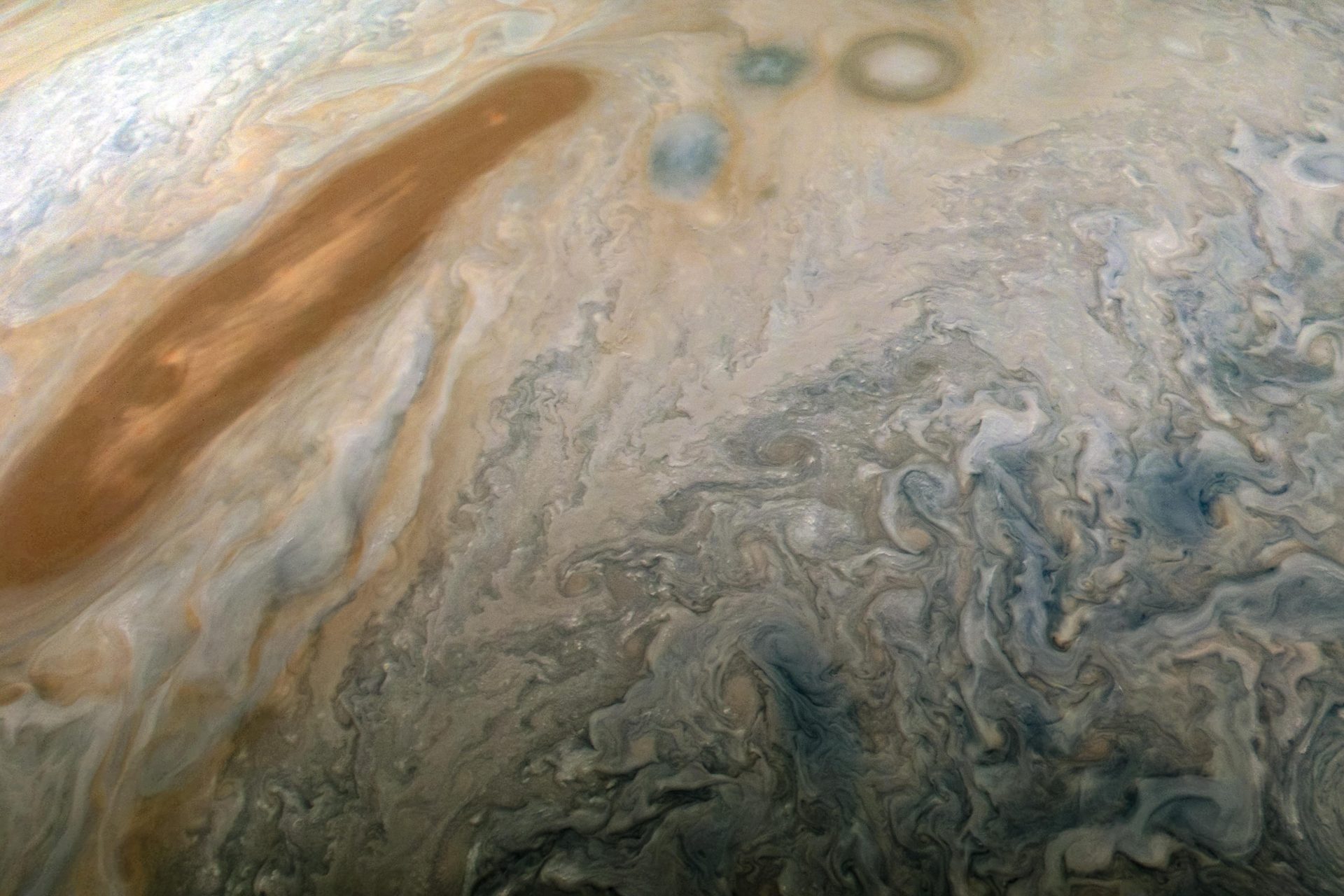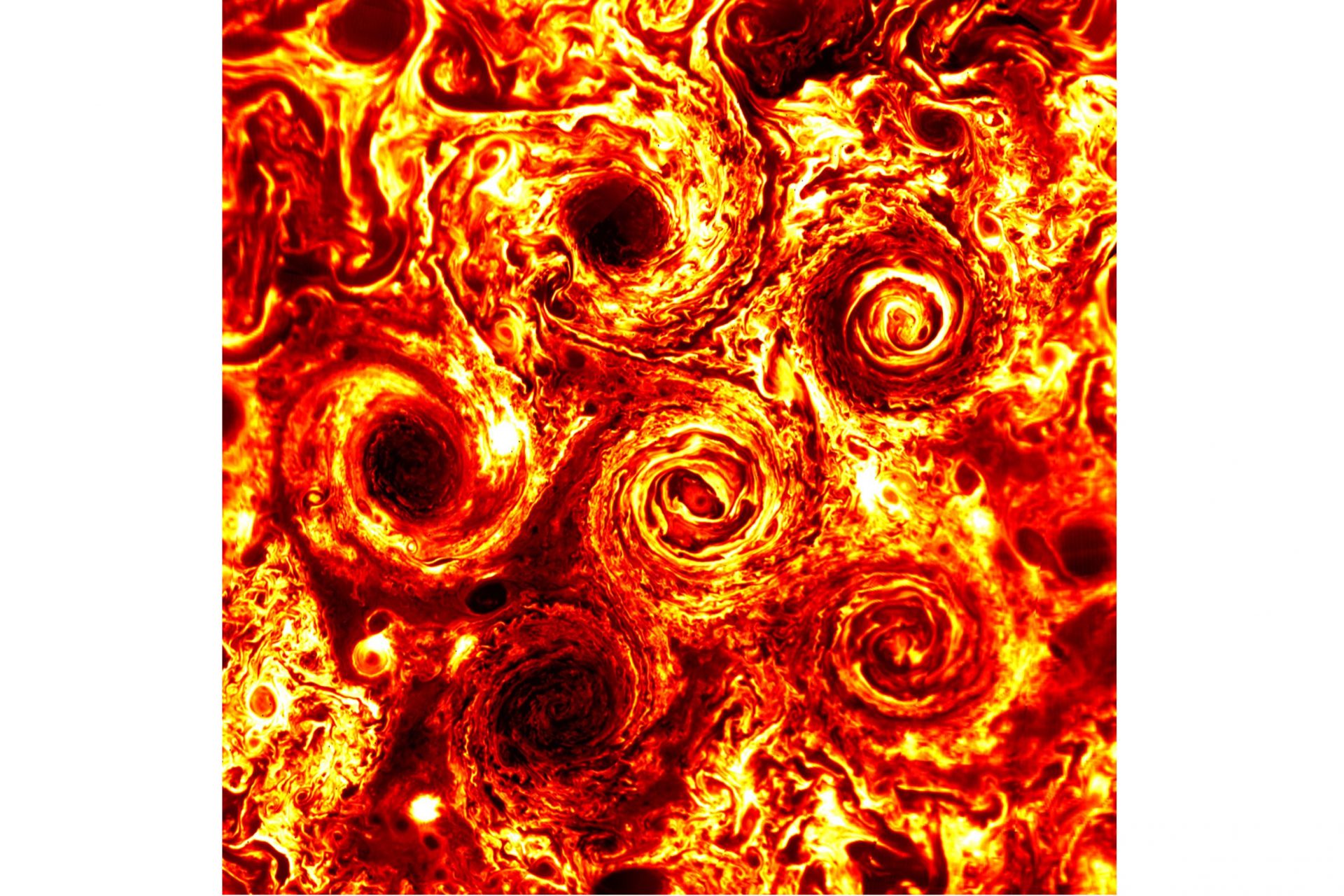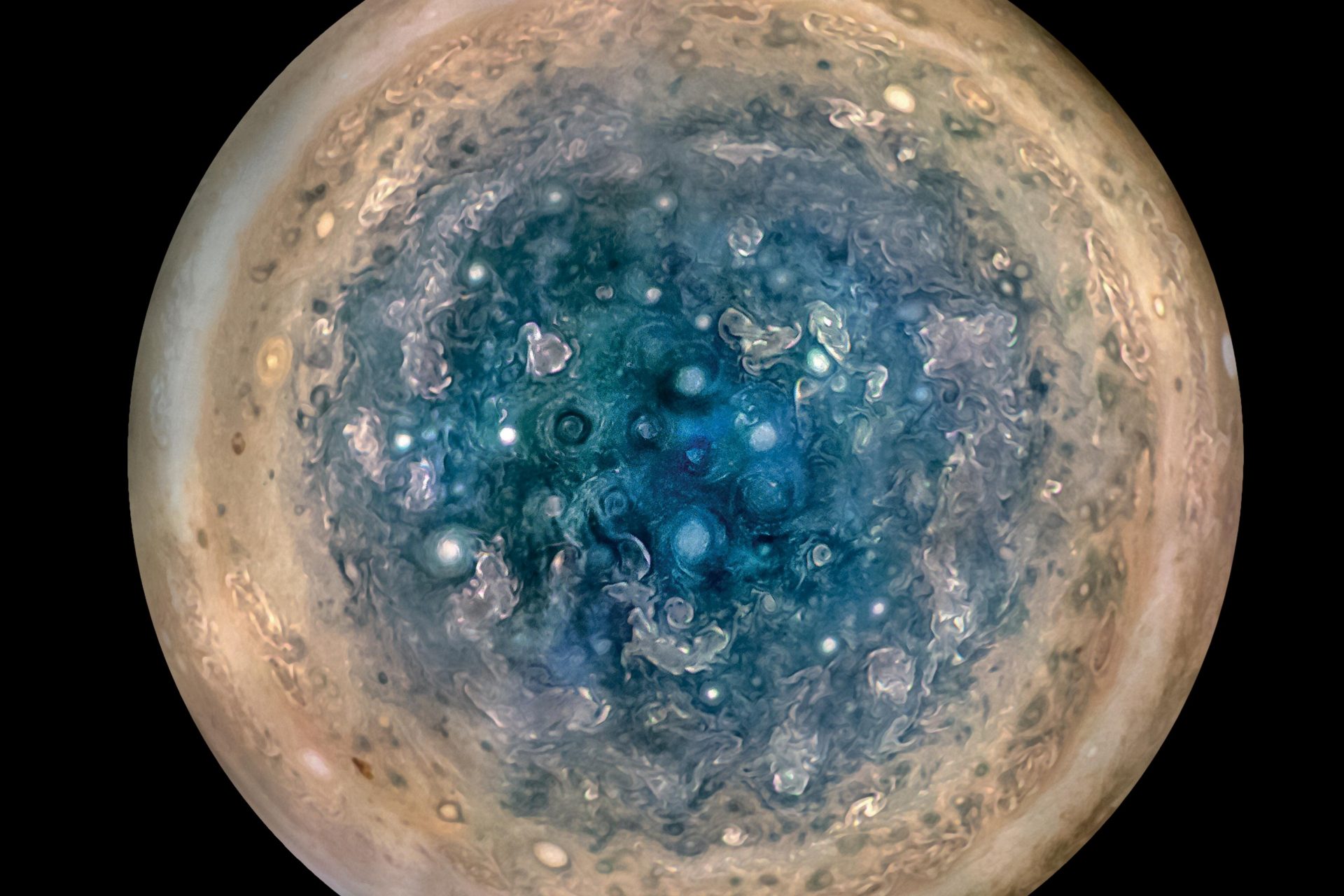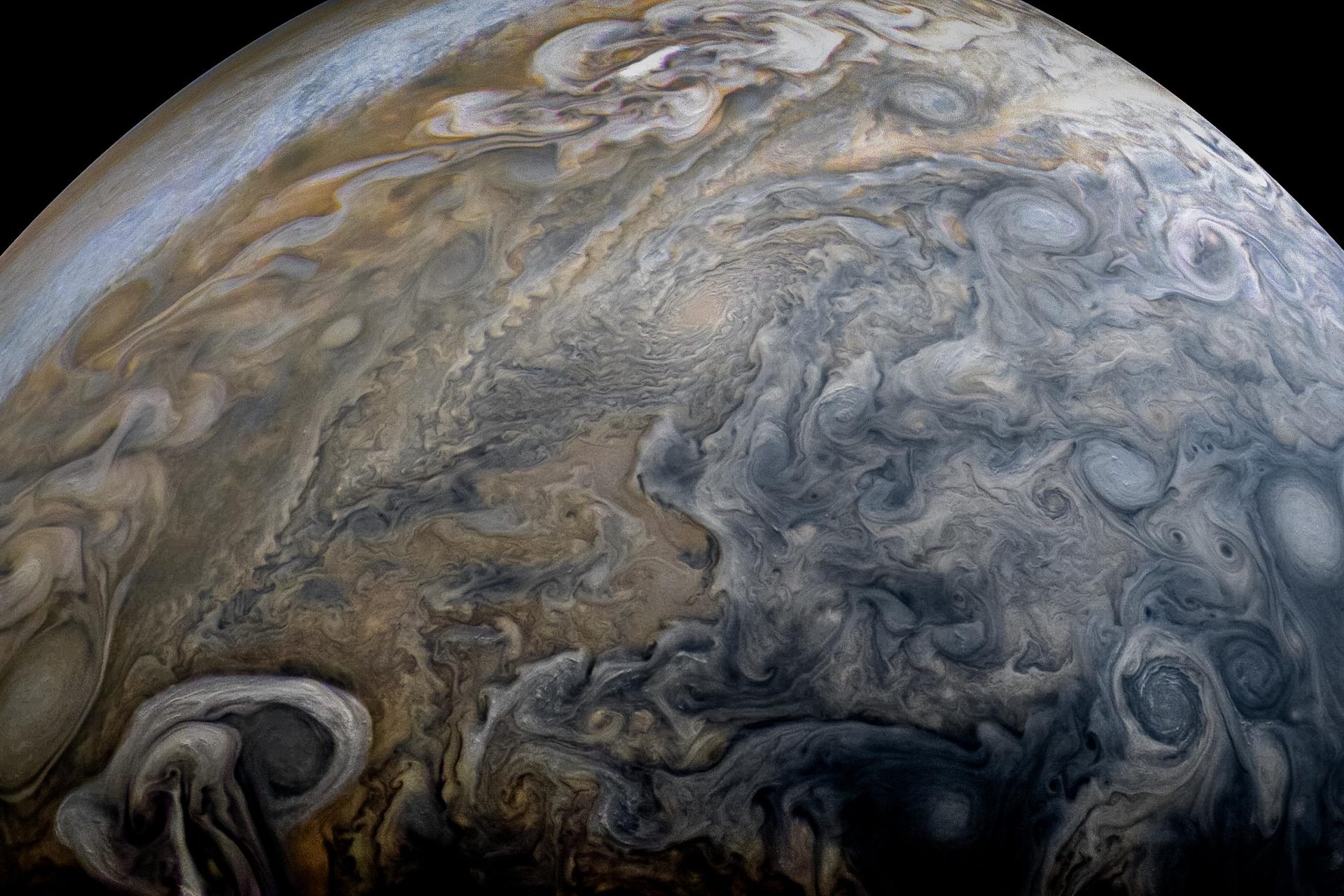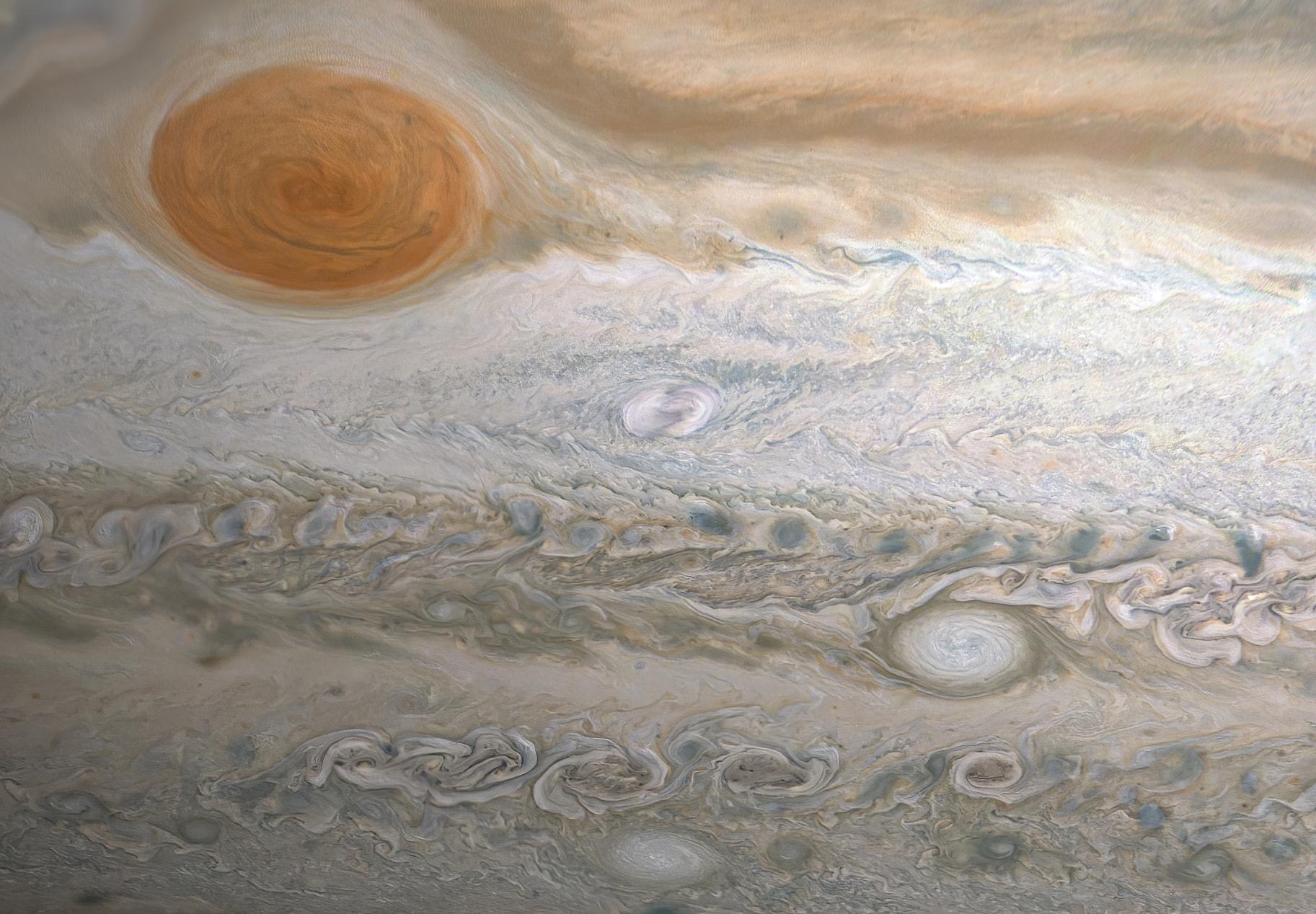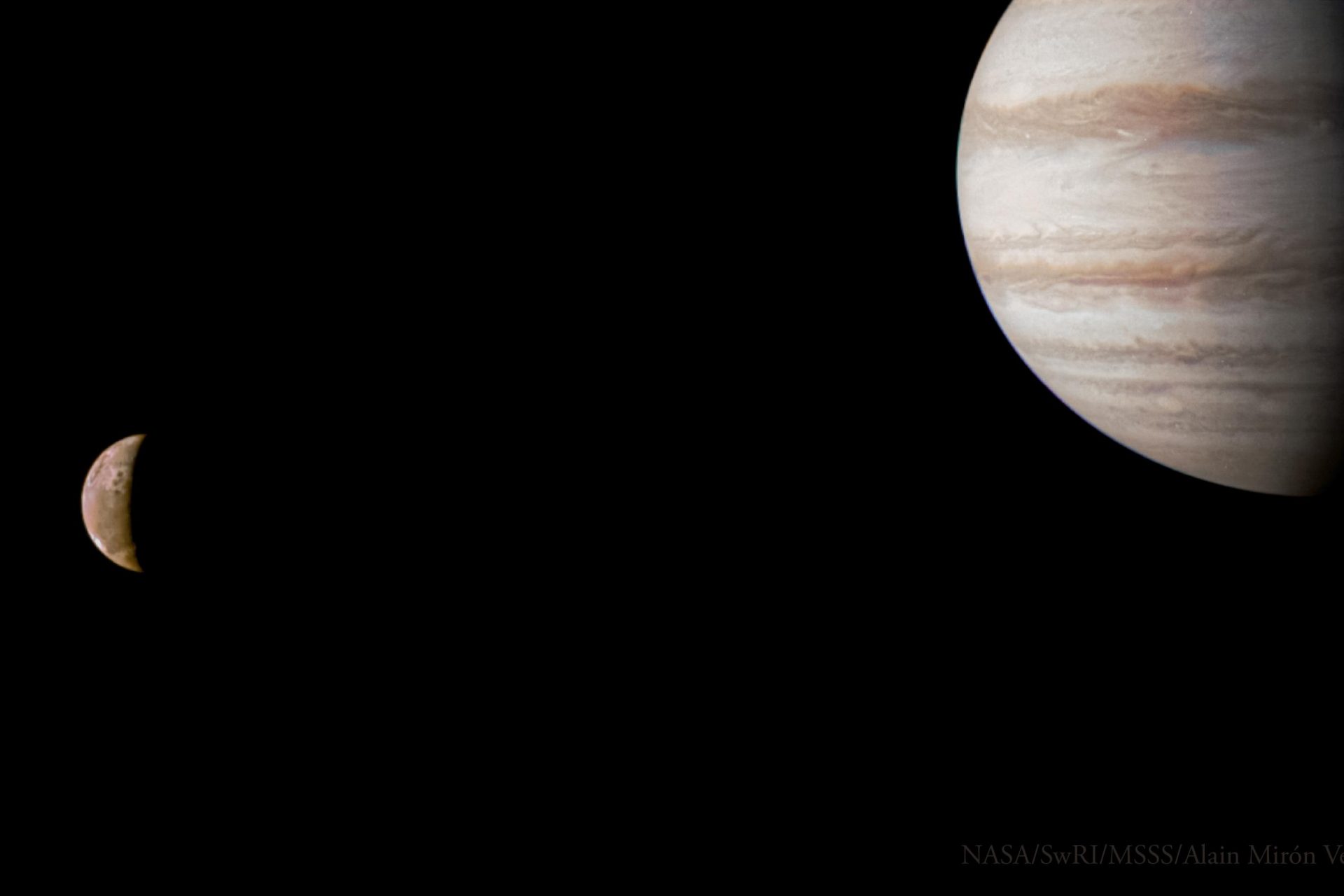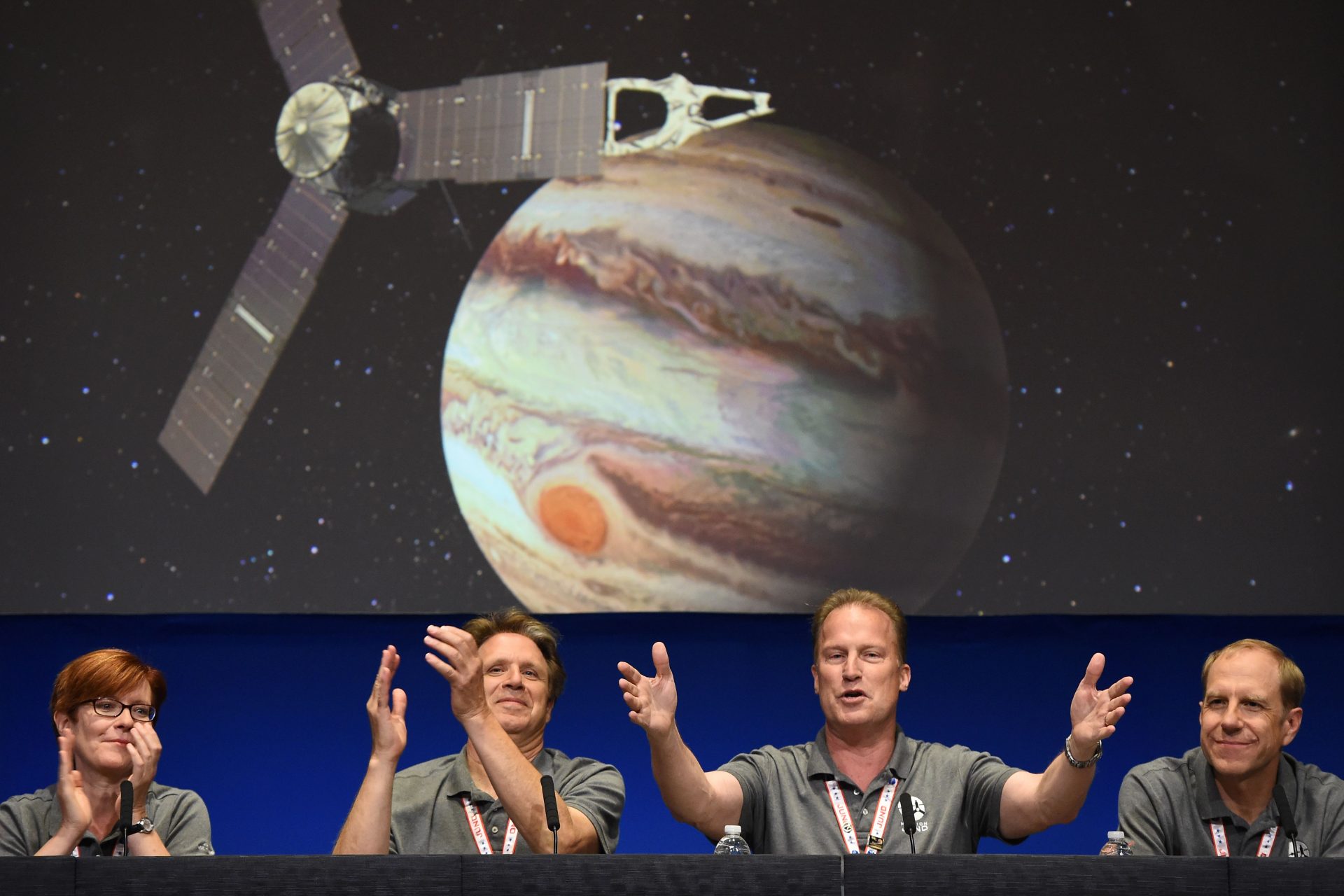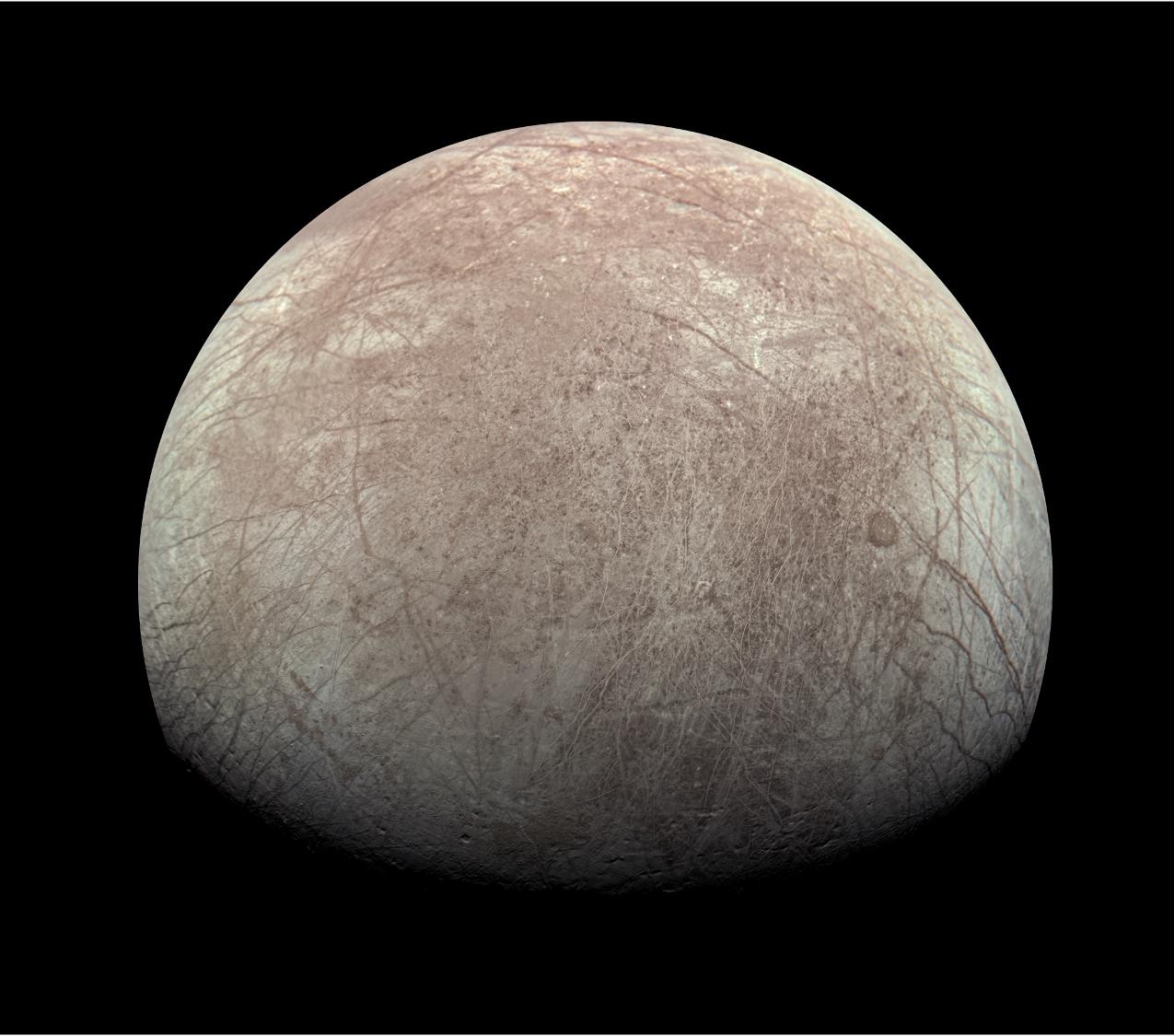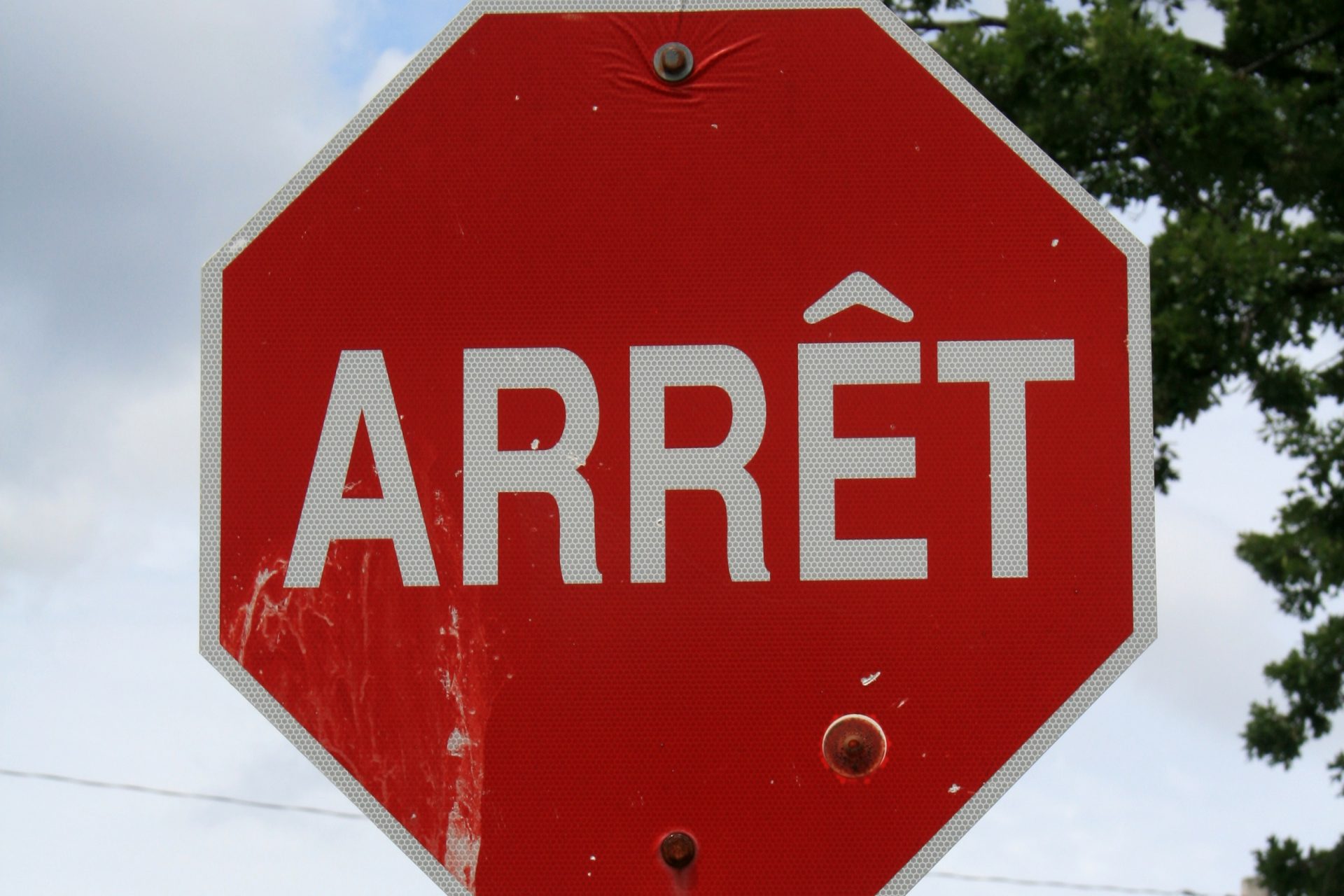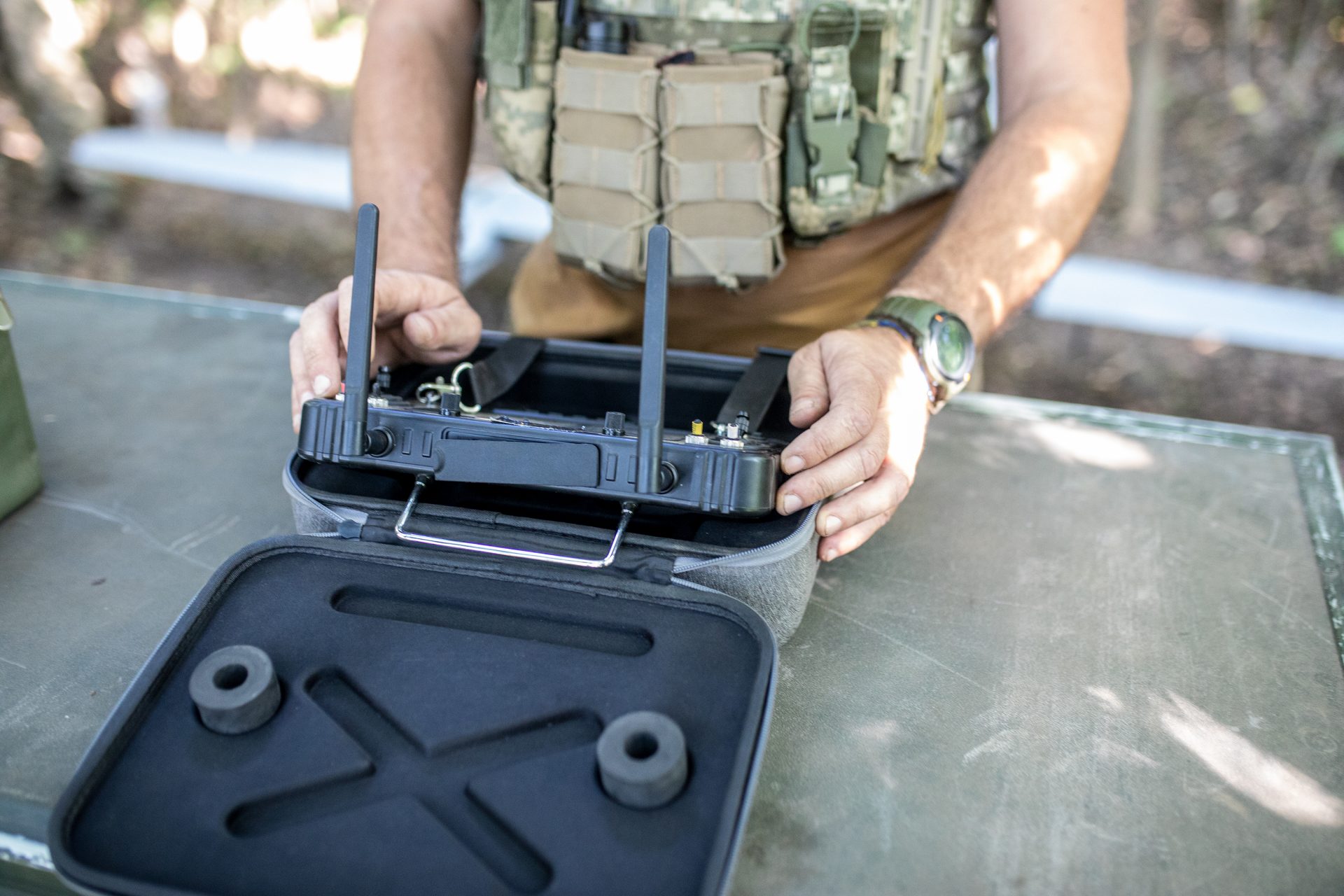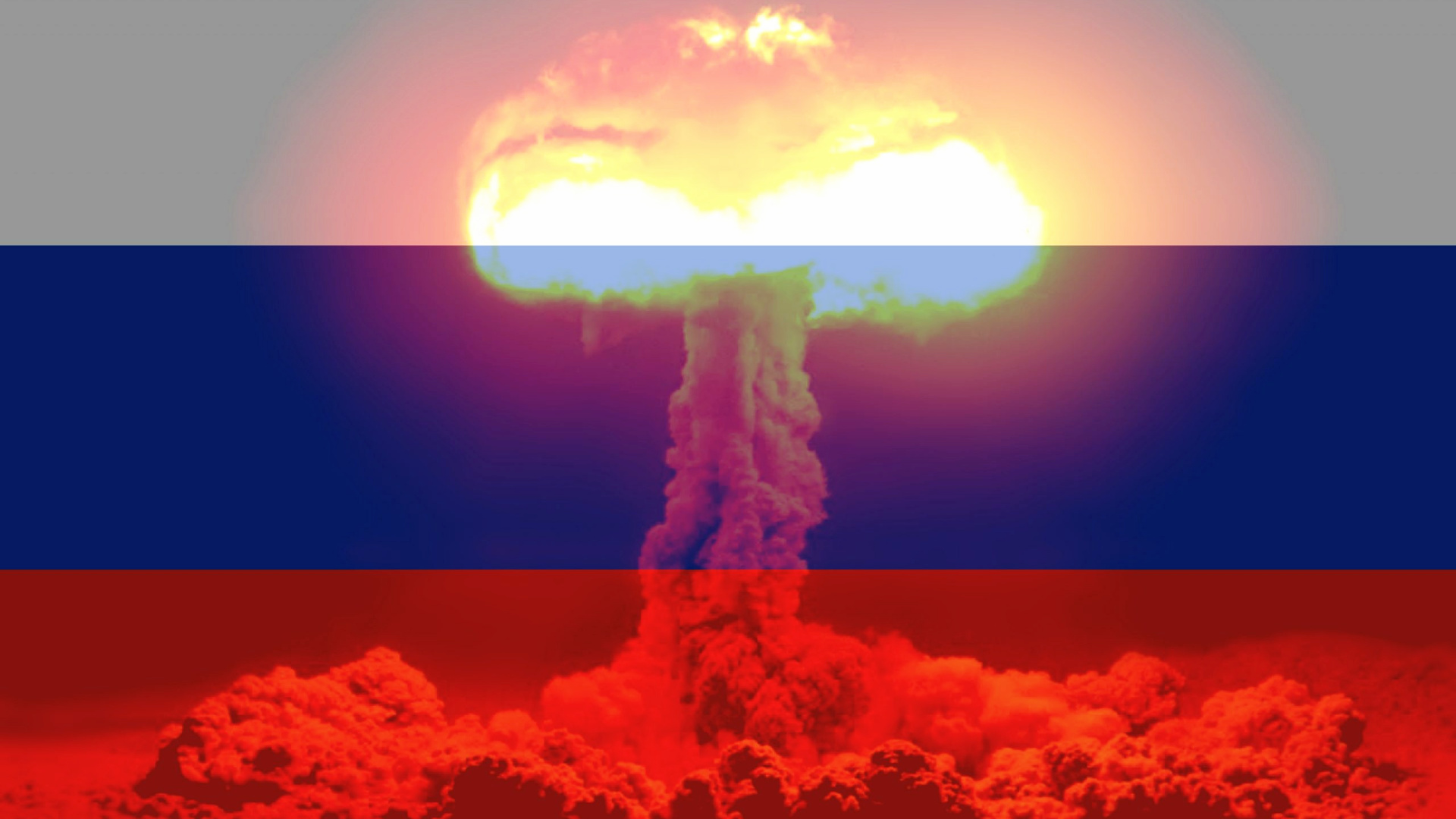Have you seen the stunning images that has NASA captured of Jupiter?
In August 2011 NASA's Juno spacecraft began its long journey to Jupiter as part of a mission designed to help scientists better understand the gas giant. After years of travel, it arrived in 2016 and began sending back a lot of stunning images and data.
NASA has been using space probes to explore the mysteries of Jupiter since the 1970s but few missions have been as important or revealing as the Juno probe, which was launched over a decade ago and has captured some amazing images of Jupiter.
Photo Credit: Wiki Commons By NASA on The Commons, Pioneer 10, No restrictions
The Juno spacecraft embarked on a five-year journey back to our solar system’s back in August 2011 and was tasked with collecting all the data it could about Jupiter as well as lots of high quality images of the gas giant’s colorful surface.
Image data: NASA/JPL-Caltech/SwRI/MSSS
Image processing by Tanya Oleksuik, © CC BY
NASA’s Jet Propulsion Laboratory noted on its Juno mission website that the spacecraft has completely changed our understanding of Jupiter's atmosphere, but it’s also altered how we see the largest planet in our solar system. Let’s look at how.
Photo Credit: NASA/JPL-Caltech/SwRI/MSSS /
Image processing by Thomas Thomopoulos © CC BY
From the moment Juno blasted off into space, it was providing the world with important images. One of the first was a goodbye shot of the Earth the spacecraft snapped off as it began its voyage to Jupiter.
Photo Credit: /JPL-Caltech/Malin Space Science Systems
Juno didn’t arrive at its destination until July 2016 but one of the first images the probe captured during its very first flyby of the gas giant revealed a side of the planet that had never been seen before. The photo was titled: 'Jupiterrise'.
Enhanced image by Alex Mai (CC-BY) based on images provided courtesy of NASA/JPL-Caltech/SwRI/MSSS
The distances involved in Juno’s mission are completely unfathomable and Business Insider pointed out that the spacecraft traveled more than one billion miles—or over one and a half billion kilometers—to reach its final destination.
Photo Credit: Enhanced image by Kevin M. Gill (CC-BY) based on images provided courtesy of NASA/JPL-Caltech/SwRI/MSSS.
However, the raw data Juno began to send back to Earth was worth the wait for scientists, and so were the pictures. Here you can see photo layers that reveal the red, green, and blue present in Jupiter's atmosphere.
Photo Credit: NASA / SwRI / MSSS
Citizen scientists took the raw data sent back to Earth and used it to reveal the brilliant color of Jupiter’s surface. According to Business Insider, the picture featured above is an example of what citizen scientists created for the world to see.
Photo Credit: NASA/JPL-Caltech/SwRI/MSSS
Image processing by AliAbbasiPov, © CC BY
One of the most interesting aspects of the images that have come out of Juno’s mission to Jupiter is the way in which the planet’s storms have been highlighted and focused on to show just how amazing they look compared to previous images.
Photo Credit: NASA/JPL-Caltech/SwRI/MSSS / Image processing by Kevin M. Gill, © CC BY
Photos of Jupiter are really quite unlike anything humanity has ever seen before, and from afar, they are beautiful, though you likely would not want to be caught up in one if you were on the planet. Not that that is a realistic possibility.
Photo Credit: image by Kevin M. Gill (CC-BY) based on images provided courtesy of NASA/JPL-Caltech/SwRI/MSSS.
Images from one orbital flyby of Jupiter’s north pole captured eight storms that were raging at the time as well as what Business Insider called an “Earth-size cyclone at the center.” How terrifying does an Earth-sized cyclone sound?
Photo Credit: NASA/JPL-Caltech/SwRI/ASI/INAF/JIRAM
Jupiter’s south pole is just as beautiful and terrifying as its north pole. Before Juno, the scientific community never had any images of Jupiter’s south pole, which just adds one more feather to the cap of Juno’s accomplishments so far.
Photo Credit: NASA/JPL-Caltech/SwRI/MSSS / Enhanced image by Betsy Asher Hall and Gervasio Robles
What really may strike you as you look through the images captured by Juno is the fact that Jupiter looks a lot different than what you probably thought. Oftentimes the planet is thought of as hues of red and brown but it is also very blue.
Photo Credit: Enhanced image by Kevin M. Gill (CC-BY) based on images provided courtesy of NASA/JPL-Caltech/SwRI/MSSS
Jupiter’s signature red storm that lies near the equator of the planet is also featured in a lot of images captured by Juno. However, it wasn’t just Jupiter that was captured by the Juno spacecraft during its mission. The gas giant's moons also got their own photo shoot.
Photo Credit: NASA/JPL-Caltech/SwRI/MSSS / Image processing by Kevin M. Gill, © CC BY
One of the most stunning images from Juno shows Jupiter at a distance with one of the gas giant's moons: Io. The shot was captured on Juno’s fifty-third flyby of the planet and was one of its planned final flights before its mission was set to end.
Photo Credit: NASA/JPL-Caltech/SwRI/MSSS / Image processing by Alain Mirón Velázquez © CC BY
Juno’s primary mission ended in July 2021 according to NASA. But the spacecraft had its mission extended by an additional 42 orbits and won’t end its time flying by Jupiter until September 2025.
What amazing images will be captured by Juno in the coming years has yet to be seen, but more pass overs of Jupiter’s north pole will be included as well as flybys of the gas giants moons Ganymede, Europa (pictured), and Io. Plus it will explore Jupiter’s faint rings!
Photo Credit: NASA/JPL-Caltech/SwRI/MSSS / Image processing: Kevin M. Gill CC BY 3.0
More for you
Top Stories



